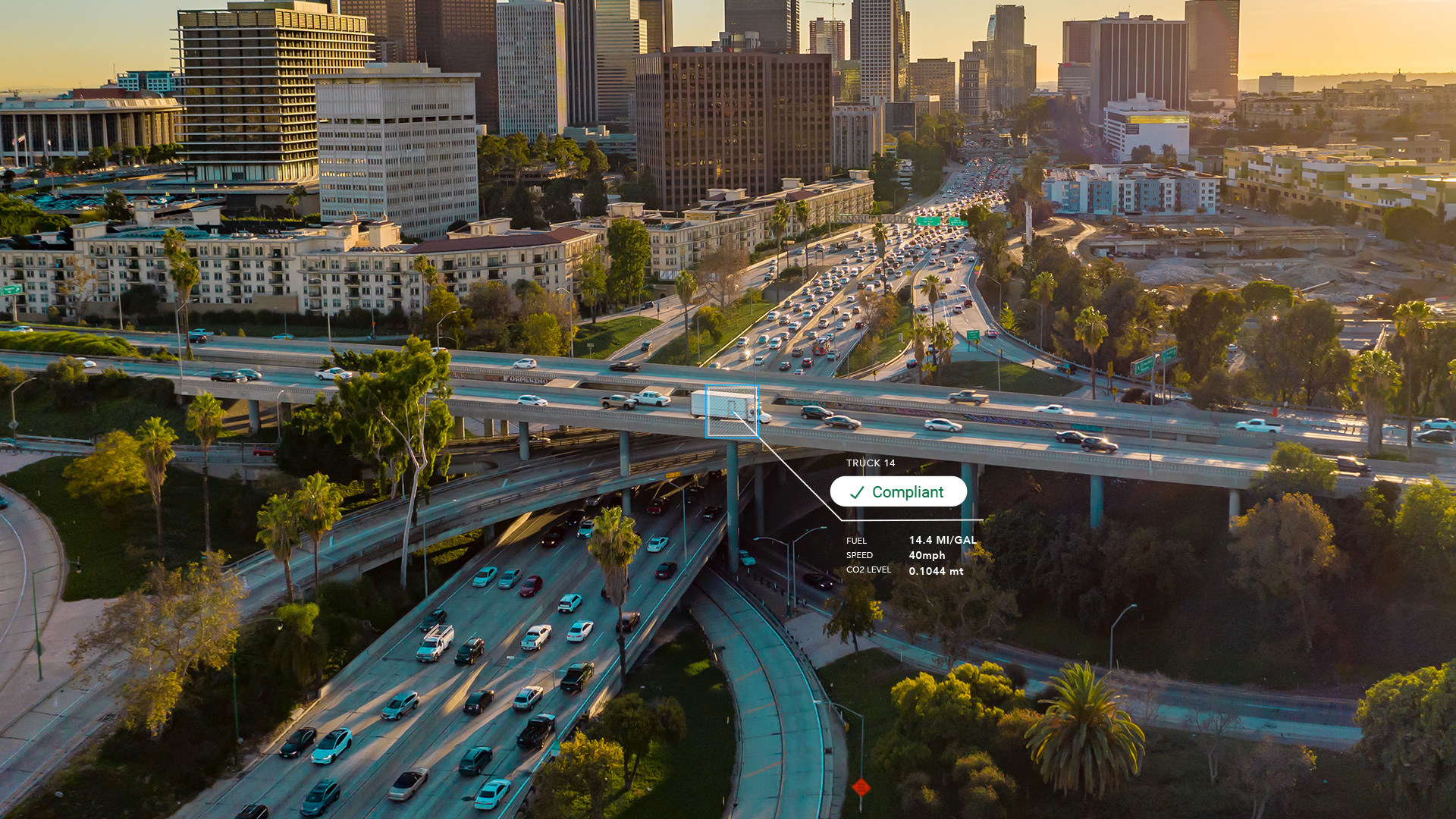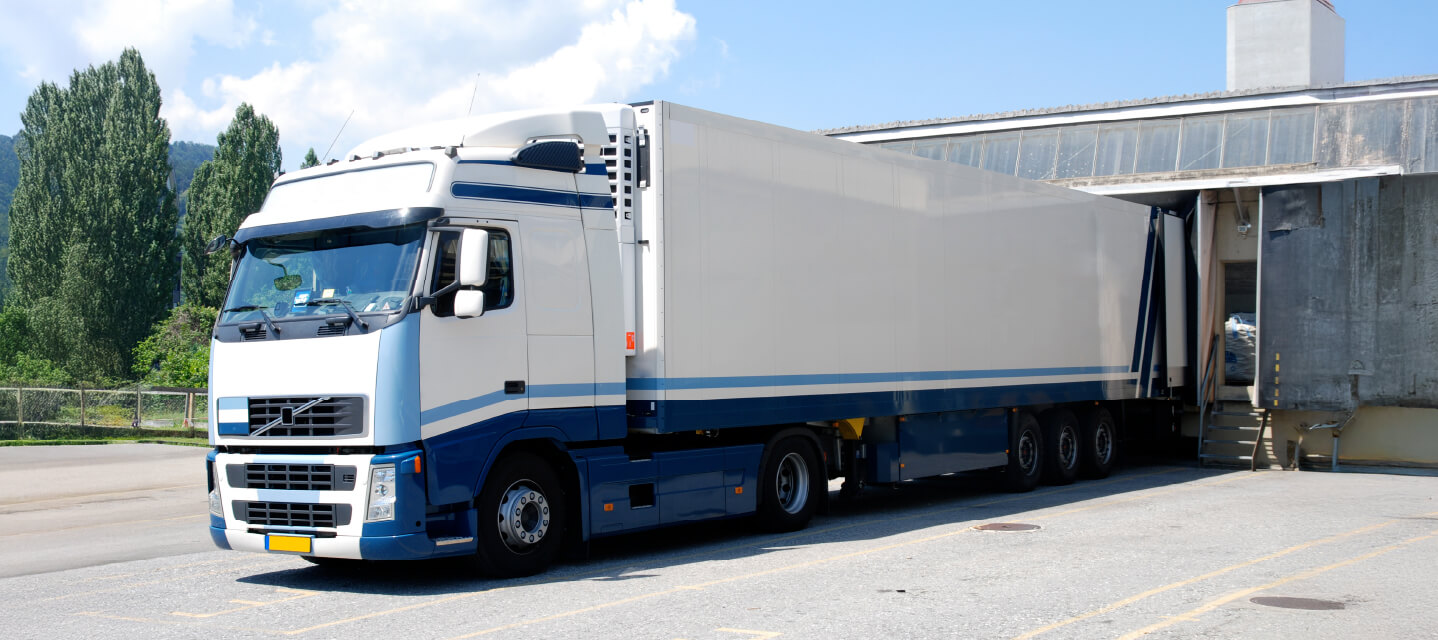U.S. Department of Transportation modernizes Hours of Service rules
Key revisions to the FMCSA rules.


On May 14, 2020, the FMCSA announced the intention to publish a Final Rule which updates the Federal Hours of Service Rules for commercial driving. There are four main revisions:
- An increase in safety and flexibility for the 30-minute break rule by requiring a break after 8 hours of consecutive driving and allowing the break to be satisfied by a driver using on-duty, not driving status, rather than off-duty status.
- Modification to the sleeper-berth exception to allow drivers to split their required 10 hours off-duty into two periods: an 8/2 split, or a 7/3 split — with neither period counting against the driver’s 14‑hour driving window.
- Modification of the adverse driving conditions exception through extending by two hours the maximum window during which driving is permitted.
- The short-haul exception available to certain commercial drivers will change by lengthening the drivers’ maximum on‑duty period from 12 to 14 hours and extending the distance limit within which the driver may operate from 100 air miles to 150 air miles.
Note that the removal of a key point from The Notice of Proposed Rulemaking (NPRM) - the 30 minute to 3 hour pause to the work day - is not part of the Final Rule.
These new rules will go into effect September 29, 2020. Visit the FMCSA website for more information on this announcement, and for relevant federal register notices.
History of Hours of Service
These rules are created to reduce truck and bus crashes by preventing driving of a commercial vehicle while fatigued. The underlying concept is that by providing opportunities for adequate sleep, a healthy driver will be a safer driver.
The first Hours of Service Rules for the U.S. were established in 1937. They were enforced starting in 1938, and by 1939, revisions were already on-going due to numerous objections.
The basics of the 1938 rules were similar to what we have today:
- 10 hours driving in a 24 hour consecutive duty day
- 8 hours of OFF Duty time resets the workday clock
- Cycle limits 60/70hrs in 7/8days (this is the same as we have today)
The revisions in 1939 removed the duty day requirements. These rules persisted until 1962 which brought in a more robust Sleeper Berth rule and a non-consecutive driving window.
2003 marked the first major changes to the Hours of Service rules for Property Carrying (the current Passenger Carrying rules are largely the same from 1962). These changes added an extra hour of driving , an extra two hours of OFF Duty time required to reset the workday, and the 14 hour workday window that we have today. These rules remained with only small changes until 2013, which brought in the 30 minute break provision for all property carrying drivers.
See also: Your guide to hours of service (U.S.)
ELD and modernization
In 2017, with the introduction of the Electronic Logging Device (ELD), drivers began to notice that a strict interpretation of the current hours of service rules were not a ‘one size fits all’ arrangement. Most ELD software have the HOS Rules hard coded into what are known as rulesets. Because these rulesets offered the same flexibility as the then current HOS Rules, it was evident that changes were needed.
Advanced Notice of Proposed Rulemaking
On September 25, 2018, the FMCSA announced an Advanced Notice of Proposed Rulemaking (ANPRM) concerning commercial drivers, in response to congressional and industry concerns. This process initiated a series of public meetings, conference calls and thousands of comments. Topics to be discussed were changes to the Sleeper Berth provisions, and changes to the break requirements, workday rules, OFF duty requirements and more. Nearly a year later, August 23, 2019, the FMCSA announced the next phase, a Notice of Proposed Rulemaking (NPRM).
Geotab’s commitment to modernization
Geotab has followed and participated in the ANPRM and NPRM process with our Partners and associations and will be making the relevant changes to the Geotab Drive ELD rulesets in time to be used on the official effective date. There will not be any customer action needed to use these rules when they come into effect later this year.
Geotab will relay relevant information to our Resellers and Customers through email updates and the Geotab blog as we get closer to the effective date, subscribe to stay updated.
Subscribe to get industry tips and insights

Kyle Dodsworth works on empowering audiences to meet their goals via enhanced learning experiences.
Table of Contents
Subscribe to get industry tips and insights
Related posts

Enhancing winter road maintenance with postseason materials usage analyses
June 20, 2025
6 minute read


CARB compliance made easy: 10 ways Geotab simplifies emissions reporting
May 12, 2025
1 minute read


IRS mileage log requirements for 2025 [free downloadable template]
May 2, 2025
5 minute read

What is CARB compliance? A guide on the CARB regulations and certification process for fleets
April 29, 2025
4 minute read